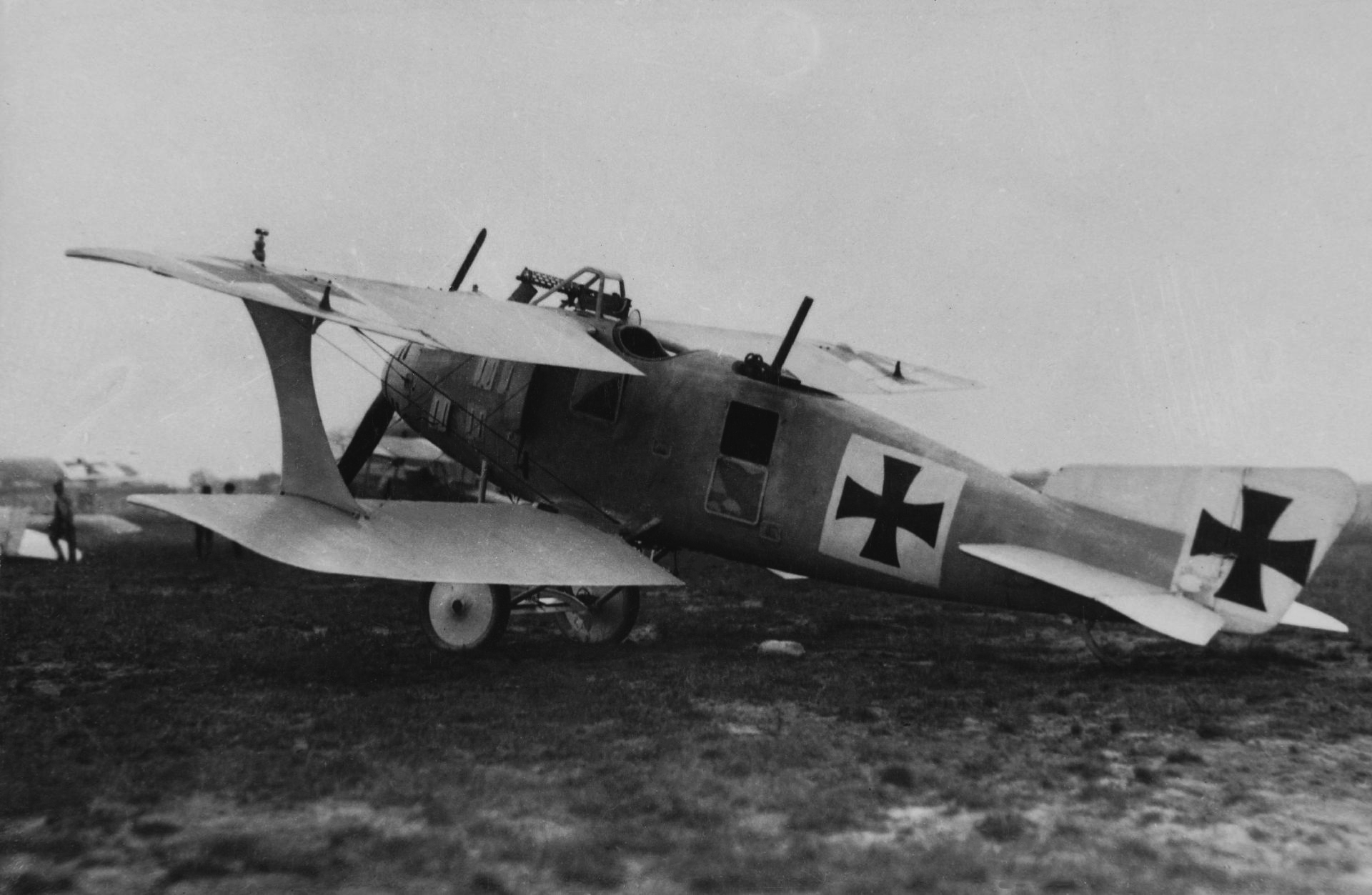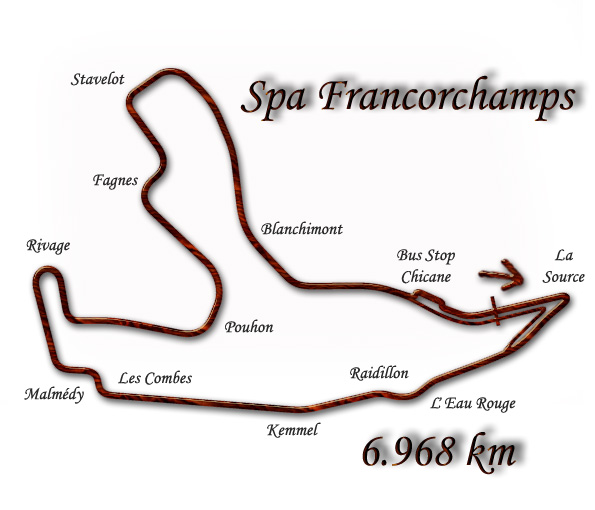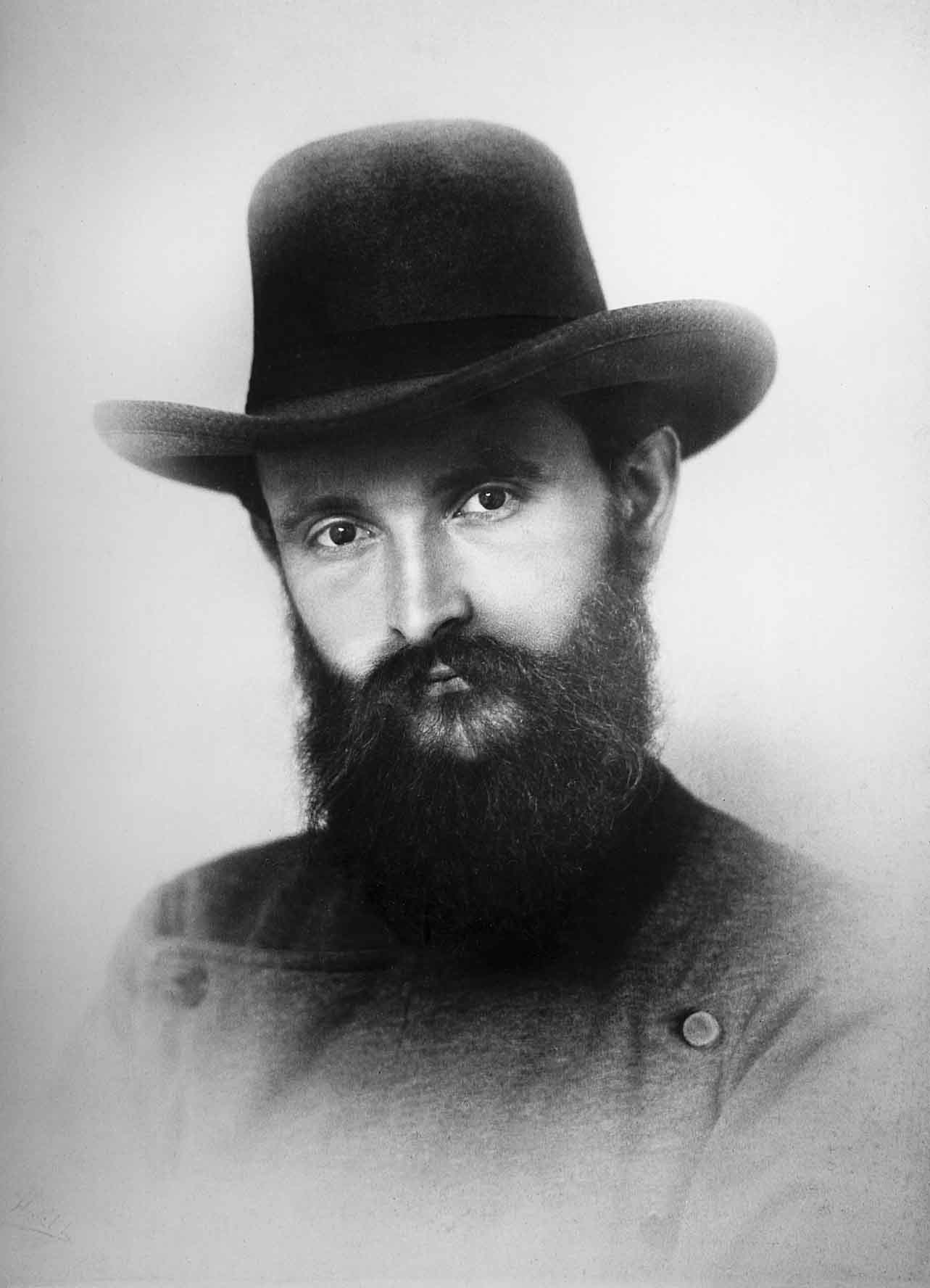|
Sauber Mercedes C9
The Sauber C9 (later named the Sauber Mercedes C9 or Mercedes-Benz C9) is a Group C prototype racing car introduced in 1987 as a continuation of the partnership between Sauber as a constructor and Mercedes-Benz as an engine builder for the World Sportscar Championship. The C9 replaced the Sauber C8. Development The C9 was a development of Sauber's previous C8 design, retaining a monocoque that largely consisted of aluminium, although considerably stiffer and with numerous other improvements. The rear suspension changed from vertically positioned spring/damper units arranged over the top of the gearbox to a horizontal layout aligned with the longitudinal axis of the car. Aerodynamic changes included the repositioning of the combination of oil/water radiator to the nose of the car, which allowed the use of a modified splitter plate. Commensurate with the repositioning of the radiators, the large NACA ducts were removed from the top of the door sills. The rear deck had been consider ... [...More Info...] [...Related Items...] OR: [Wikipedia] [Google] [Baidu] |
Group C
Group C was a category of sports car racing introduced by the FIA in 1982 and continuing until 1993, with ''Group A'' for Touring car racing, touring cars and ''Group B'' for Grand tourer, GTs. It was designed to replace both Group 5 (motorsport), Group 5 special production cars (closed top touring prototypes like Porsche 935) and Group 6 (motorsport), Group 6 two-seat racing cars (open-top sportscar prototypes like Porsche 936). Group C was used in the FIA's World Sportscar Championship, World Endurance Championship (1982–1985), World Sports-Prototype Championship (1986–1990), World Sportscar Championship (1991–1992) and in the European Endurance Championship (1983 only). It was also used for other sports car racing series around the globe (All-Japan Sports Prototype Championship, All Japan Sports Prototype Championship, Supercup, Interserie). The final year for the class came in 1993. Broadly similar rules were used in the North American International Motor Sports Associ ... [...More Info...] [...Related Items...] OR: [Wikipedia] [Google] [Baidu] |
Mike Thackwell
Michael Christopher Thackwell (born 30 March 1961) is a former racing driver from New Zealand, who participated in a number of prominent racing categories, including Formula 1. The sixth youngest driver ever to qualify for a Grand Prix, he participated in five of them, making his first start on 28 September 1980 at the Canadian Grand Prix. He scored no championship points. He had previously attempted unsuccessfully to qualify for the Dutch Grand Prix which was held on 31 August 1980. Thackwell has been described as a ''"teenage sensation"'', a ''"maverick"'' and as ''"something of a cult hero"''. Outside Formula One, he competed successfully in Formula Three, Formula Two, Formula 3000 and sports cars, amongst other categories. In 1984, Thackwell won the European Formula Two Championship. He was runner up in that championship in 1983, and in its successor, the International Formula 3000 Championship, in 1985. In each case, he was driving a works Ralt. Also in 1986, he won ... [...More Info...] [...Related Items...] OR: [Wikipedia] [Google] [Baidu] |
Monocoque
Monocoque ( ), also called structural skin, is a structural system in which loads are supported by an object's external skin, in a manner similar to an egg shell. The word ''monocoque'' is a French term for "single shell". First used for boats, a true monocoque carries both tensile and compressive forces within the skin and can be recognised by the absence of a load-carrying internal frame. Few metal aircraft other than those with milled skins can strictly be regarded as pure monocoques, as they use a metal shell or sheeting reinforced with frames riveted to the skin, but most wooden aircraft are described as monocoques, even though they also incorporate frames. By contrast, a semi-monocoque is a hybrid combining a tensile stressed skin and a compressive structure made up of longerons and ribs or frames. Other semi-monocoques, not to be confused with true monocoques, include vehicle unibodies, which tend to be composites, and inflatable shells or balloon tanks, both of whi ... [...More Info...] [...Related Items...] OR: [Wikipedia] [Google] [Baidu] |
World Sportscar Championship
The World Sportscar Championship was the world Endurance racing (motorsport), endurance racing series run for sports car racing, sanctioned by the Fédération Internationale de l'Automobile (FIA), from 1953 World Sportscar Championship, 1953 to 1992 World Sportscar Championship, 1992. The championship evolved from a small collection of the most important sportscar, Endurance racing (motorsport), endurance, and road racing events in Europe and North America with dozens of gentleman drivers at the grid to a professional racing series where the world's largest automakers spent millions of dollars per year. The official name of the series frequently changed throughout the years but was generally known as the ''World Sportscar Championship'' from its inception in 1953. Alongside the Formula One World Championship, it was one of the two major Fédération Internationale de l'Automobile#FIA World Championships, World Championships in circuit motor racing. The championship was revived ... [...More Info...] [...Related Items...] OR: [Wikipedia] [Google] [Baidu] |
1989 World Sportscar Championship Season
The 1989 World Sportscar Championship season was the 37th season of FIA World Sportscar Championship motor racing. It featured the 1989 FIA World Sports Prototype Championship, which was open to Group C1 Sports Prototypes, Group C2 Sports Prototypes and IMSA GTP cars. The championship was contested over an eight round series which ran from 9 April to 29 October 1989. Schedule Entries Group C1 Group C2 IMSA GTP Results and standings Race results In order to be classified for points, a team had to complete 90% of the winner's distance. Further, drivers were required to complete at least 30% of their car's total race distance to qualify for championship points. Drivers forfeited points if they drove in more than one car during the race. Group C2 entries earned two extra points for any finish within the overall top ten finishing positions. Drivers championships Drivers only scored for their six best results. Points earned but not tallied toward their total are ma ... [...More Info...] [...Related Items...] OR: [Wikipedia] [Google] [Baidu] |
1990 480km Of Suzuka
The 1990 480 km of Suzuka was the opening round of the 1990 World Sportscar Championship season, taking place at Suzuka Circuit, Japan. It took place on April 8, 1990. Official results Class winners in bold. Cars failing to complete 75% of the winner's distance marked as Not Classified (NC). † - #27 Obermaier Primagaz was disqualified for being underweight in post-race inspection. Statistics * Pole Position - #36 Toyota Team Tom's - 1:48.716 * Fastest Lap - #3 Silk Cut Jaguar - 1:53.732 * Average Speed - 176.031 km/h External links WSPR-Racing - 1990 Suzuka results {{Sportscar Race Report , Year_of_race = 1990 , Sportscar_Series = World Sportscar Championship , Previous_race_in_season = ''None'' , Next_race_in_season = 1990 480 km of Monza The 1990 480 km of Monza was the second round of the 1990 World Sportscar Championship season, taking place at Autodromo Nazionale Monza, Italy. It took place on April 29, 1990. Official results Class winners in bold. ... [...More Info...] [...Related Items...] OR: [Wikipedia] [Google] [Baidu] |
1987 1000km Of Spa
The 1987 Kouros 1000 km Spa was the ninth round of the 1987 World Sports-Prototype Championship. It took place at the Circuit de Spa-Francorchamps, Belgium on September 13, 1987. Official results Class winners in bold. Cars failing to complete 75% of the winner's distance marked as Not Classified (NC). Statistics * Pole Position - #61 Kouros Racing Team - 2:04.040 * Fastest Lap - #61 Kouros Racing Team - 2:09.300 * Average Speed - 164.337 km/h References * * {{6 Hours of Spa-Francorchamps Spa Spa A spa is a location where mineral-rich spring water (sometimes seawater) is used to give medicinal baths. Spa health treatments are known as balneotherapy. The belief in the curative powers of mineral waters and hot springs goes back to pre ... 6 Hours of Spa-Francorchamps ... [...More Info...] [...Related Items...] OR: [Wikipedia] [Google] [Baidu] |
Michelin
Michelin ( , ), in full ("General Company of the Michelin Enterprises P.L.S."), is a French multinational tyre manufacturing company based in Clermont-Ferrand in the Auvergne-Rhône-Alpes '' région'' of France. It is the second largest tyre manufacturer in the world behind Bridgestone and larger than both Goodyear and Continental. In addition to the Michelin brand, it also owns the Kléber tyres company, Uniroyal-Goodrich Tire Company, SASCAR, Bookatable and Camso brands. Michelin is also notable for its Red and Green travel guides, its roadmaps, the Michelin stars that the Red Guide awards to restaurants for their cooking, and for its company mascot Bibendum, colloquially known as the Michelin Man, who is a humanoid consisting of tyres. Michelin's numerous inventions include the removable tyre, the pneurail (a tyre for rubber-tyred metros) and the radial tyre. Michelin manufactures tyres for Space Shuttles, aircraft, automobiles, heavy equipment, motorcycles ... [...More Info...] [...Related Items...] OR: [Wikipedia] [Google] [Baidu] |
Robert Bosch GmbH
Robert Bosch GmbH (; ), commonly known as Bosch (styled BOSCH), is a German multinational engineering and technology company headquartered in Gerlingen, Baden-Württemberg, Germany. The company was founded by Robert Bosch in Stuttgart in 1886. Bosch is 94% owned by the Robert Bosch Stiftung, a charitable institution. Although the charity is funded by owning the vast majority of shares, it has no voting rights and is involved in health and social causes unrelated to Bosch's business. Bosch's core operating areas are spread across four business sectors: mobility (hardware and software), consumer goods (including household appliances and power tools), industrial technology (including drive and control) and energy and building technology. In terms of revenue, Bosch is the largest automotive supplier. History 1886–1920 The company started in a backyard in Stuttgart-West as the (Workshop for Precision Mechanics and Electrical Engineering) on 15 November 1886. The next ... [...More Info...] [...Related Items...] OR: [Wikipedia] [Google] [Baidu] |
Manual Transmission
A manual transmission (MT), also known as manual gearbox, standard transmission (in Canadian English, Canada, British English, the United Kingdom and American English, the United States), or stick shift (in the United States), is a multi-speed motor vehicle Transmission (mechanical device), transmission system where gear changes require the driver to manually select the gears by operating a gear stick and clutch (which is usually a foot pedal for cars or a hand lever for motorcycles). Early automobiles used ''sliding-mesh'' manual transmissions with up to three forward gear ratios. Since the 1950s, ''constant-mesh'' manual transmissions have become increasingly commonplace, and the number of forward ratios has increased to 5-speed and 6-speed manual transmissions for current vehicles. The alternative to a manual transmission is an automatic transmission. Common types of automatic transmissions are the Automatic transmission#Hydraulic automatic transmissions, hydraulic automatic ... [...More Info...] [...Related Items...] OR: [Wikipedia] [Google] [Baidu] |
Hewland
Hewland is a British engineering company, founded in 1957 by Mike Hewland, which specialises in racing-car gearboxes. Hewland currently employ 130 people at their Maidenhead facility and have diversified into a variety of markets being particularly successful in electric vehicle transmission supply. Hewland are currently supplying into Formula 1, Formula E, DTM, LMP, Rallycross, Prototype and GT Sportscar. At the beginning of 2021, Hewland was acquired by Indian Hero Motors Company. History Mike Hewland ran a small engineering business at Maidenhead in the UK with the speciality in gear cutting. In 1959, Bob Gibson-Jarvie, the Chief Mechanic of UDT Laystall racing team running Cooper F2 cars, sought help from Hewland as gearbox troubles were experienced. The result of this request came out as six successful gearboxes being designed and built in 1959, and Hewland was in the gearbox business. The first transaxle product, the Hewland Mk.I of 1960, was a minor modification of ... [...More Info...] [...Related Items...] OR: [Wikipedia] [Google] [Baidu] |







